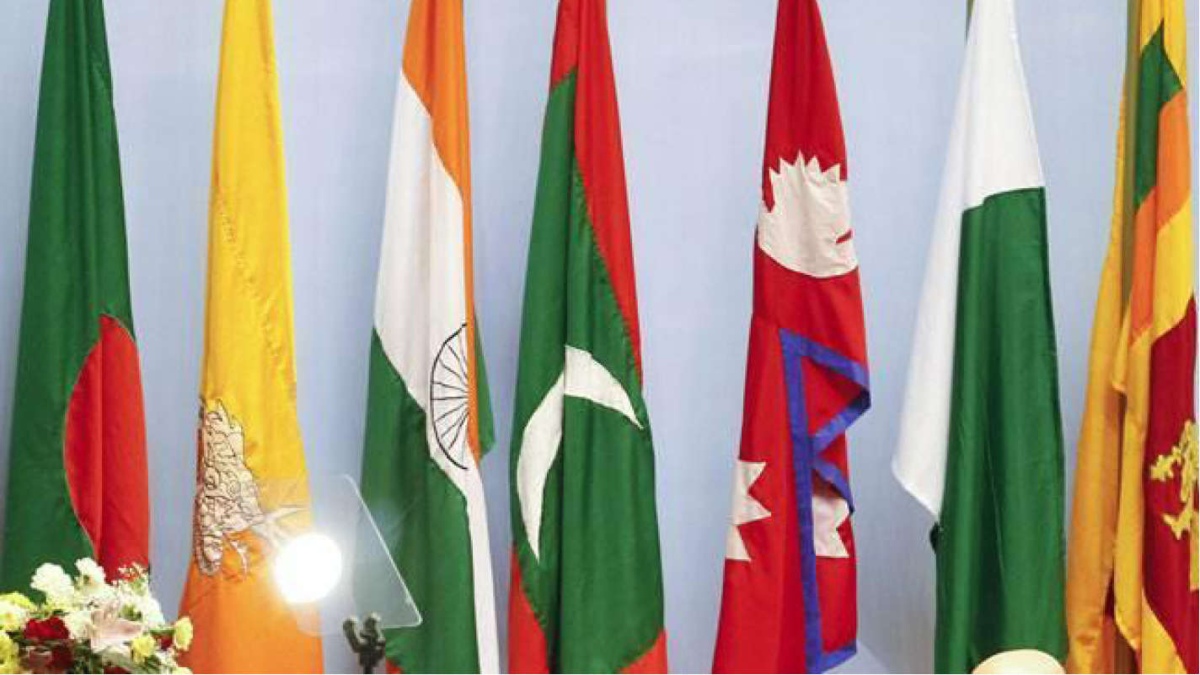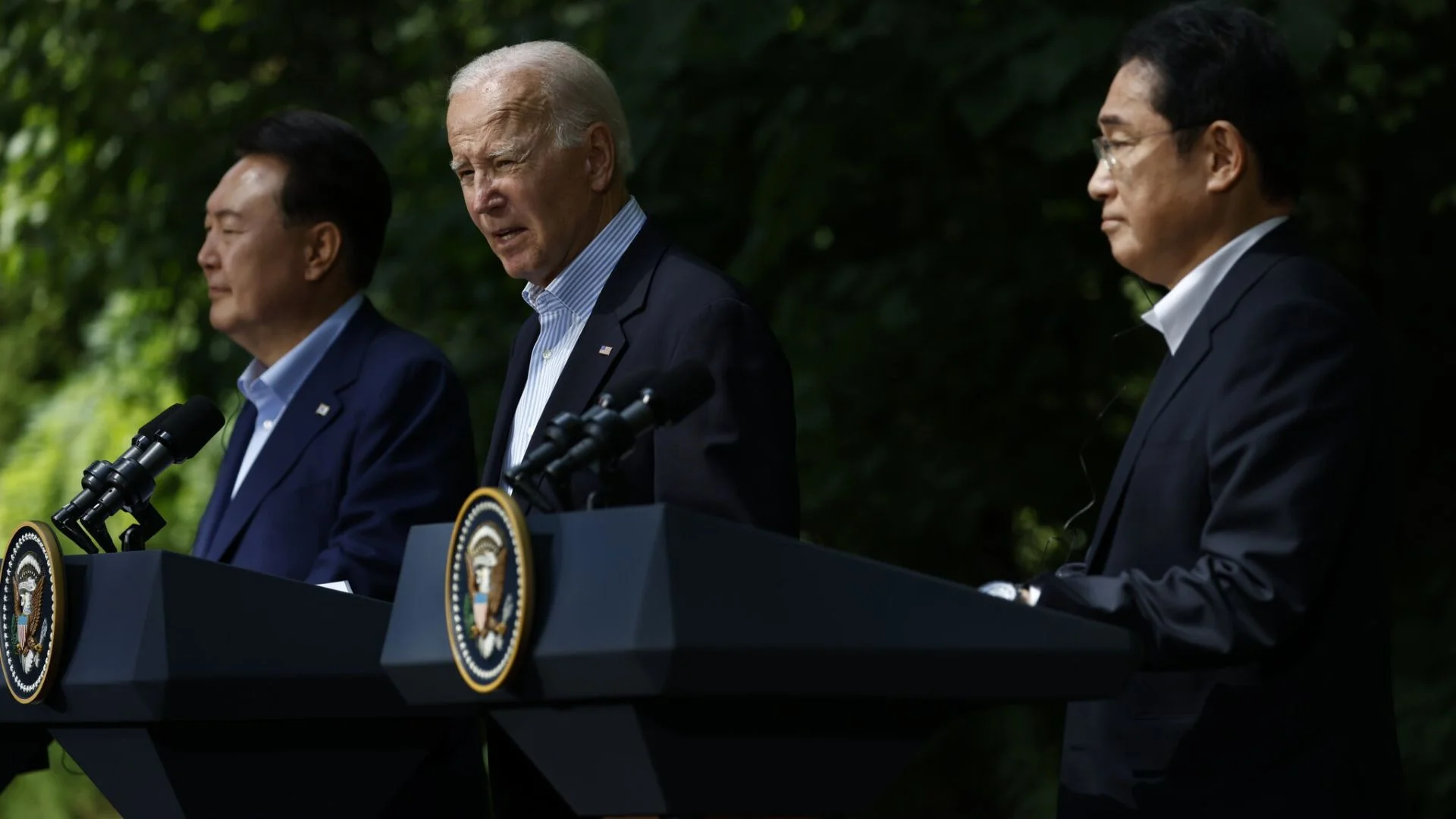
India does not have any direct threat from other neighbouring countries, but has to remain cautious of developments by adversaries trying to maximize their influence. Irritants like the border issue with Nepal over Kalapani will have to be dealt with patience as there could be some mid-course correction indigenously. India will have to continue its ‘Neighbours First’ policy to prevent them from slipping away into the Chinese orbit. In 2021, we can expect closer ties with Maldives and Bhutan, who will continue to get assistance from India. Smart diplomacy will be required in dealing with Bangladesh, as it is in India’s interest to support Sheikh Hasina and collectively find solutions to mutual concerns (including Rohingyas and the water dispute) which affect both countries. Similarly, in the case of Myanmar, the issues of the Rohingyas and better connectivity will have to be worked out with proactive diplomacy, highlighting Chinese assertiveness and interference in their internal affairs versus the co-operative model offered by India. Connectivity projects like a Trilateral Highway to countries in Southeast Asia will need a greater push, in collaboration with Japan and the US.
INTERNAL SECURITY CHALLENGES
Kashmir: The success of recent local body elections, post the abrogation of Articles 370 and 35a, and the relatively lesser frequency of terror activities are positive indicators, but there is no room for complacency as Pakistan will redouble its efforts to ignite violence in the Kashmir Valley by some major terror attack, which needs to be prevented. Incidentally, Jammu, Ladakh and some parts of Kashmir will continue to be peaceful and only a handful of districts sympathetic to militants may be prone to terror actions. In 2021, it is expected that terrorists supported by Pakistan will make a few more attempts to derail inclusive growth and the development process, till the new UTs are mentally accepted by adversely affected politicians and interest groups as a reality and new normal to progress forward. Legally, the conviction of separatists must happen, because temporary arrests do not matter to them. Unless visible effects of inclusive growth and better governance appear under the reorganised system, the security forces will have to continue fighting terrorists (foreign as well as local) because the terror industry will continue to be lucrative. The challenges of the security forces in terror operations will continue to be stone pelters (to a reduced degree), false allegations and some segments of human right organizations, the legal fraternity and politicians using them to their advantage.
North Eastern India: In case of the prolonged standoff and adversarial relations with China, there is a possibility of the Chinese trying to re-ignite insurgency in the Northeast Region (NER), although it may not be as easy as it was a few decades back. With improvement in efforts for inclusive growth in NER, India can hope for some crucial agreements, improvement of infrastructure with implementation of many projects and a decline in insurgency. Except for some parts of Manipur and adjoining areas, the region is showing a keenness to grow. With friendly governments in power in adjoining countries, the North East may not pose a major security concern. It may face a temporary law and order problem due to some internal reforms, resulting in aggressive politics, but these would be surmountable from a security point of view.
The Red Corridor/Naxalites: The problem in these areas relates to poor governance and its intensity will increase or decrease depending upon the quality of governance provided. There have been changes in the government in some affected states. Depending upon the governance provided by them and the lessons learnt from past incidences by the security forces operating there, the magnitude of the problem can be expected to vary in 2021. The police forces dealing with it need to have modern equipment and training, including leadership training, at the grass roots level.
New dimensions of security: Health security has become a major security challenge with the outbreak of the COVID-19 pandemic, as the control measures affect the economy, livelihoods and lifestyles adversely, besides human life at large. Considering the population density of India, efforts so far have done well to get over the threats. With the largest vaccination program in the world commencing, India can hope to prevent the second wave of the infection. The past year also exposed the vulnerabilities of the democracies of the world: the possibility of the politicisation of peaceful protests, the wrong use of the right to speech, and the hijacking of protests by anti-national elements. India, like other democracies, will have to struggle to contain these, but with India-specific solutions. The digital and economic encroachment by China and some technological giants is also posing a new security threat, including data security. It is understandable that the economic and digital decoupling cannot be done abruptly and Indian dependence on the Chinese supply chain restricts some Indian options, but a speedy process to get out of this handicap will have to be adopted. India needs to formulate strict policies and laws, and see through their implementation, to counter digital and economic threats, besides continuing its ongoing efforts towards self-reliance.
WHAT SHOULD BE THE INDIAN RESPONSE TO THESE SECURITY CHALLENGES?
With the prolonged ongoing standoff with China, the clouds of a ‘Two Front War’ are hanging over India, and preparing for it is not a choice, but a compulsion, although it may/may not happen in 2021. The only way to avoid a ‘Two Front War’ for India is to convince the potential adversaries that India is capable of fighting it successfully. This convincing has to be backed by building and proving the capability to do so, and India seems to be working on it with unprecedented speed, fast-tracking procurements and boosting the indigenous production of necessary equipment through Aatmanirbhar Bharat, besides the tough stance by the Forces on the borders.
The hopes of reaching any agreement on disengagement and de-escalation based on mutual and equal security does not give much promise after the failure of multiple rounds of diplomatic and military commanders’ talks. There is no guarantee that any agreement, even if arrived at, will be implemented by China, based on their recent track record. Most importantly, so far, the LAC has not been demarcated. A temporary solution will only postpone the next standoff and may lead to the LoCization of the LAC. It may be prudent not to run into any quick-fix solutions, but to create conditions for a long-lasting strategic solution. The standoff can re-occur, whenever India does anything like infrastructure development on the borders, which does not suit Chinese interests, or when China needs to increase domestic support by generating a spirit of nationalism amidst growing dissent to CCP. India, therefore, needs to increase the cost of war for China and Pakistan by a multi-pronged strategy. Smart diplomacy is needed to collaborate with democracies and groupings for collective security, synergising Indian interests with others facing the heat of Chinese expansionism.
India needs to pose a threat to Chinese vulnerabilities in the maritime domain in collaboration with other friendly navies. Strategies will have to draw out the PLA Navy out of its comfort zone in the South/East China Sea into the Indian Ocean where its sea lines of communication (SLOC) face maximum vulnerability. Aggressive military posturing should continue to match Chinese aggression in the Indo-Pacific region to ensure that its military assets are distributed in defending every military installation/base it has created everywhere. It will also be in India’s interest to be in sync with the stance of global democracies to withstand Chinese expansionism in the Indo-Pacific region, where Chinese sea lines of communications are vulnerable, rather than be seen compromising with China on a bilateral basis, thus reducing its global pressure by dropping one friction point to China’s advantage too soon.
India needs to realise that defence capabilities take decades of consistent effort, more so if it does not have a strong manufacturing base. ‘Make in India’ and self-reliance are essential, but time consuming; hence, it must continue simultaneously with new procurements with transfer of technology. The defence budget allocation made in 2020 will have to substantially increase in 2021 in the interest of national security. Chanakya, Clauswitz and Sun Tzu have all said that no nation can expect to become great and secure unless it has a powerful military which can deter a potential adversary. Unless Pakistan is deterred, the proxy war will continue; hence, India needs to improve its capability to exercise its ‘proactive’ intent. If the capability exists, then intentions can change overnight, which makes the adversary jittery.
We also need to deal with domestic enemies firmly. The recent aggressive protests over some of the reforms, which have grabbed media headlines, are more of law and order issues, but the issue of illegal immigrants/infiltrators who are a security risk will continue to be of grave concern and needs to be checked. The challenges of digital and economic encroachment will have to be met by robust rules and policies governing them and their effective implementation. We need to remodel the Security Strategy to meet these challenges, if we want “peaceful inclusive growth” with minimum security-related distractions. We can thus hope for a stronger and secure India in 2021.
This is the concluding article of a three-part series.
Maj Gen S B Asthana (retd) is a strategic and security analyst, a veteran Infantry General with 40 years of experience in national and international fields and the UN. The views expressed are personal.















